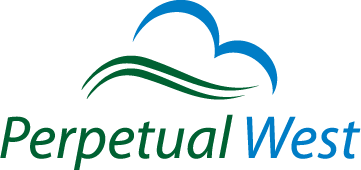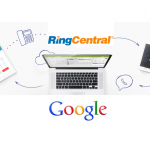RingCentral For Google Integration Now Available
Get Your Files Into Salesforce – 3 Options For SMB’s
Every small and medium business deals with document management. If they’re organized, they likely have files on some sort of shared file server at the office. If they’re really organized and collaborative, they’ve moved their documents to a cloud storage solution like Google Drive or Dropbox. If they’re also using Salesforce they’ve likely wondered what is the best way to relate their files to records in Salesforce for best file organization and archiving. There are many ways to do this however I’m going to highlight 3 realistic ways for SMB’s to get their files in Salesforce along with the corresponding pros and cons to each.
Chromebook Series – Part 2: Overview of Chromebook Apps
In Part 1 of this blog series, I took a look at Chromebooks from a macro level and highlighted eight key features that businesses should take note of. In Part 2 of this blog series, it’s time to switch gears and look at the meat and potatoes – the Chromebook apps. Chrome OS is essentially a glorified web browser (albeit a nice one) and requires you to run cloud-based apps. Given the growth in Software-as-a-Service (SaaS), there are apps for most typical business requirements but are they good enough to replace their traditional desktop competition? Let’s take a closer look at the apps that are available for Chromebook users:
Google Drive – 5 New Features To Take Advantage Of
The great thing about Google is that they are constantly innovating and updating their products. As a result, there are often features that roll out that go undiscovered by users. Here are 5 hidden gems for individuals who use Google Drive to be aware of:
Life After Microsoft Outlook = Email in the Cloud?
A decade ago, the on-premise version of Microsoft Outlook was the longstanding benchmark email client for most businesses as the Windows PC dominated the marketplace . However, with the advent and massive growth of smartphone platforms (like iOS and Android), mobile email client use has surpassed desktop and even webmail clients. Since their iPhones and Galaxy S3s follow them everywhere they go, most users are often dealing with their email on a bus or a coffee shop just like they do in the office. As a result, being efficient with email and having access to it anywhere has never been more important. This is where cloud email comes in and is changing the IT landscape. These days, Google’s Gmail email app now serves almost half a billion users. Taking into account the popularity of Gmail, Microsoft is playing catch up with their rebranded entry into the cloud email market, Outlook.com (i.e. a replacement for Hotmail). Here are 5 reasons why Gmail makes life after Outlook seem pretty bright:


